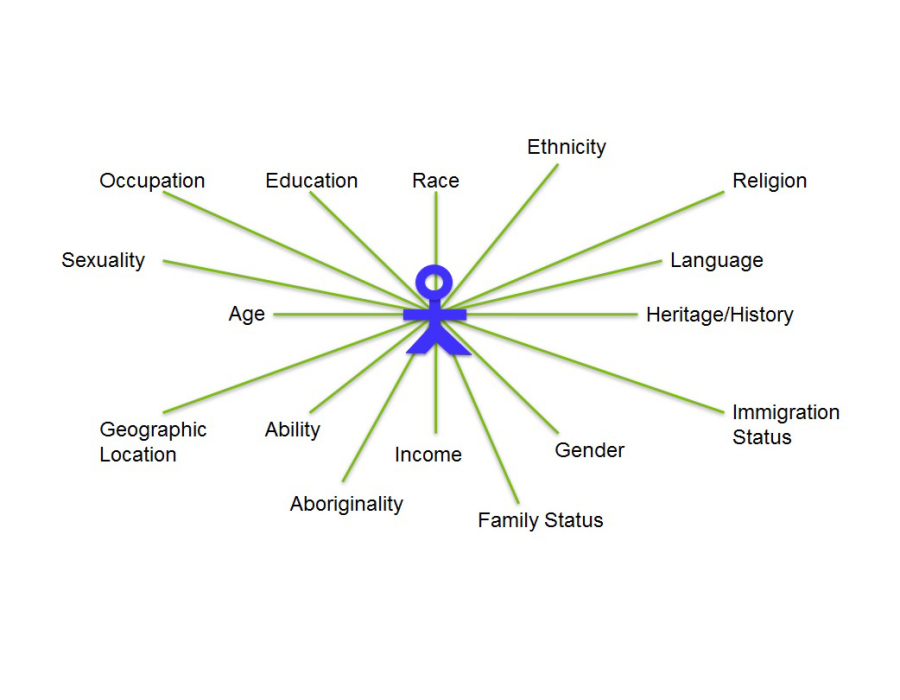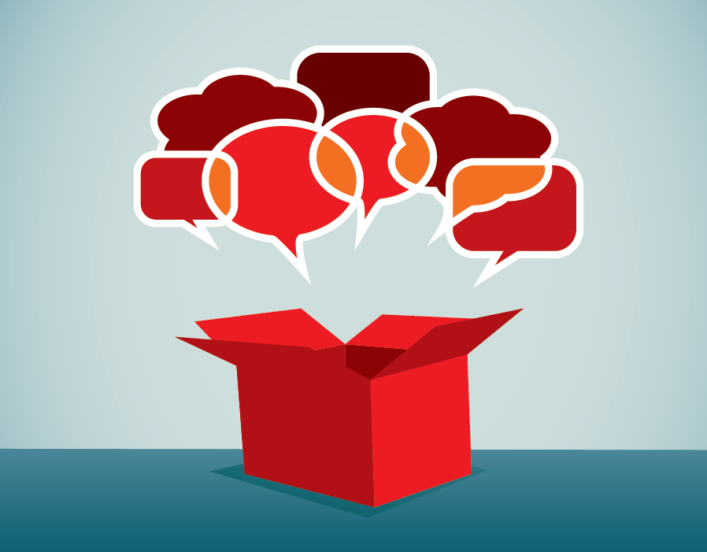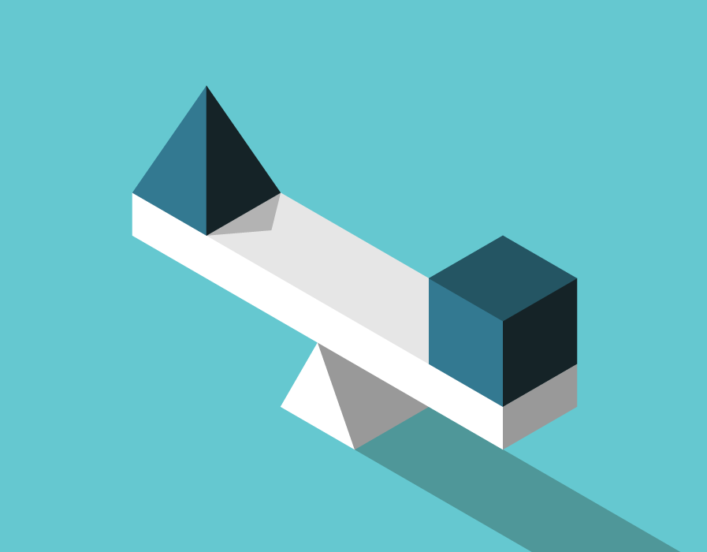Dimensions of Diversity & Identity

Diversity means variety and is all about what makes us unique.
What are some of the dimension of diversity? They can be anything that has been historically used to differentiate groups, such as ethnicity, gender, religious beliefs or socio-economic status.
Some of these dimensions are more visible than others, and some are more salient in the United States than in other parts of the world, given our history of discrimination and exclusion. Dimensions of diversity can be broken down into two categories – primary dimensions, which can’t be changed, and secondary dimensions, which we have some control over.
Learn more about specific dimensions of diversity:
What’s the relationship between dimensions of diversity and identity?
Identity is a combination of characteristics, attributes, experiences or behaviors that make us each who we are. Many of these dimensions of diversity give meaning to our identity: For example, “I am a parent, I am a doctor, I am from New York.” All of these are elements of an individual’s identity.
Identity evolves over one’s lifetime, but it always dictates how we see ourselves and how others see us. When you meet someone new or see someone for the first time, what do you notice? How does that shape your interactions?
Author Jane Elsea lists the nine most important things people in our society tend to notice in others, in order of importance:
- Skin Color
- Gender
- Age
- Appearance
- Facial expressions
- Eye contact
- Movement
- Personal space
- Touch
Dealing with diversity can be daunting. It will help to keep in mind the Seven Underlying Principles of Diversity:
- Diversity is an inside job, meaning that diversity is not about “them.” Rather, it is about each person coming to terms with his or her attitudes, beliefs and experiences about others and gaining comfort with difference.
- Diversity goes beyond race and gender. The diversity tent is big enough to include everyone — young and old, homeless and affluent, immigrant and native, white and black, rural and urban, gang member and corporate professional.
- No one is the target of blame for current or past inequities. All human beings have been socialized to behave in certain ways, and all of us are at times both perpetrators and victims of discrimination and stereotypes. The idea is to move forward in creating more opportunities.
- Human beings are ethnocentric, seeing the world through their own narrow view and judging the world by their familiar yardstick. This is not bad in itself, but it can be a source of conflict if we do not accommodate and value other ways of being.
- The human species resists change. This makes the constant adaptation required by diversity difficult for people already overwhelmed by staggering transitions in today’s communities and organizations.
- Human beings find comfort in likeness. We have a tendency to seek the company of those most similar to us in a variety of ways… age, gender and ethnicity being just several of many.
- It is difficult for people to share power. History shows that we rarely do it voluntarily. Understanding this past can help clarify why there is sometimes a backlash associated with diversity efforts from people who believe they will lose in this experience.
All of these truisms about the human species do not make people mean-spirited or cruel. It just makes us human. Nevertheless, these realities make dealing with diversity a challenge.
The beauty of diversity — and the thing that makes it so powerful — is learning to appreciate it and creating an environment where it can grow and thrive. Diversity can be a great source of strength. Our aim is to create an environment where we can explore our differences in a safe and respectful way that helps each person understand their value and celebrates what diversity brings to AAUW.
Related
Getting Started with Difficult Conversations

Key Terms & Concepts

Diversity Structure & Planning
Creating and maintaining a diverse and inclusive branch takes planning, support and intention. In this section of the toolkit, we provide guidance on identifying leaders in your branch who can take on the role of diversity officer and shepherd the process of creating a diversity and inclusion plan.
